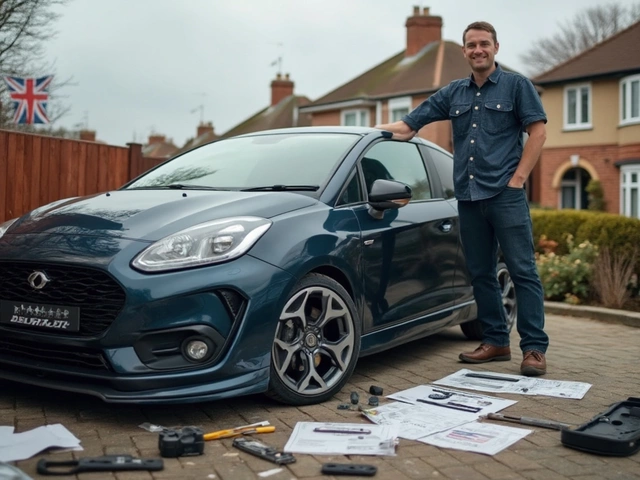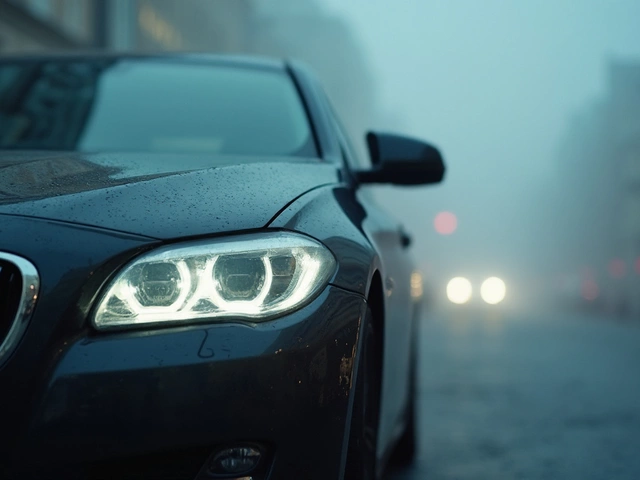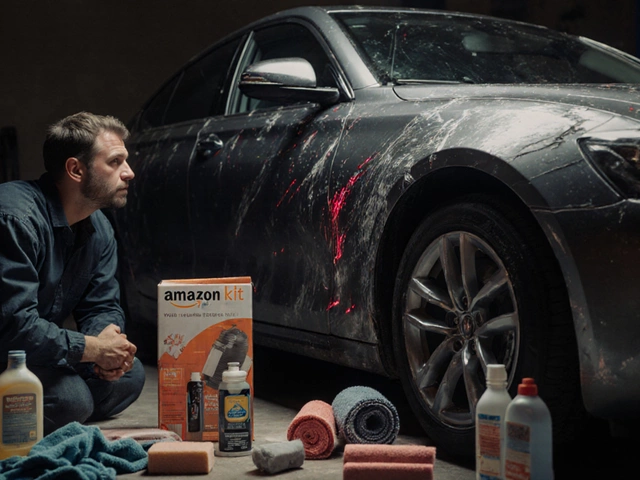Wheel Spacer Safety Checker
Your Setup
Safety Assessment
Enter your spacer details to check safety
Driving long distances with wheel spacers isn’t illegal everywhere, but it’s not something you should do without understanding the risks. If you’ve installed spacers to fill out your wheel wells or match a certain look, you might be wondering if they’ll hold up on a 1,000-kilometer trip across the Outback or down the Pacific Highway. The short answer? Wheel spacers can be safe for long drives-if they’re high-quality, properly installed, and matched to your vehicle’s specs. But if they’re cheap, thin, or bolted on wrong, you’re rolling the dice with your safety.
What Are Wheel Spacers, Really?
Wheel spacers are metal or aluminum rings that fit between your wheel and the hub. They push the wheel outward, increasing the track width. That’s why they’re popular-they give your car a wider, more aggressive stance. But they’re not just cosmetic. They change how your suspension, steering, and tires interact with the road.
There are two main types: bolt-on and slip-on. Bolt-on spacers have their own studs or lug bolts and require you to remove the wheel and reattach everything. Slip-on spacers slide over the hub and are held in place by the original lug nuts. Slip-ons are cheaper, but they’re also riskier. They rely on the strength of your stock bolts, which weren’t designed to handle extra leverage.
Hub-centric spacers are the only kind you should consider for long trips. These have a center bore that matches your hub exactly, so the weight of the car is carried by the hub, not the bolts. Non-hub-centric spacers force the lug nuts to bear the load. That’s a recipe for vibration, uneven wear, and worse-wheel separation.
Why Long-Distance Driving Changes Everything
On a short trip to the shops, a slight wobble or noise might be annoying. On a 12-hour drive, that same issue can escalate fast. Heat builds up in the brakes and hubs. Tires flex more under sustained load. Suspension components work harder. And every bump, pothole, or highway seam adds stress to your wheel assembly.
Studies from the Australian Road Research Board show that wheel assemblies with improper spacing experience up to 40% more lateral stress on the bearings and studs during sustained highway driving. That stress doesn’t show up right away. It wears down components slowly-until one day, you’re on a straight stretch of highway and hear a loud clunk. By then, it’s too late.
Spacers also change your scrub radius-the angle at which your tires meet the road. Too much spacing can make steering feel vague, especially at high speeds. It can also increase the chance of tire rub on suspension parts or fenders when you hit a corner or carry a heavy load.
The Real Risks: What Can Go Wrong?
Let’s be clear: wheel spacers don’t just “fail.” They fail in ways that can kill you.
- Broken wheel studs: The most common failure. Stock studs aren’t rated for extra leverage. Over time, they stretch, then snap. You’ll notice it first as a rhythmic clunk or vibration.
- Loose wheels: If the spacer isn’t hub-centric or the bolts aren’t torqued correctly, the wheel can wobble loose. This isn’t theoretical-in 2023, a driver in Victoria lost control after a spacer came loose at 110 km/h. The car rolled. The driver survived, but the vehicle was totaled.
- Bearing failure: Extra load on the hub bearings causes them to overheat and seize. You might hear a grinding noise, but by the time you do, the damage is done.
- Alignment issues: Spacers can throw off your camber and toe settings. That leads to uneven tire wear, pulling to one side, and reduced fuel efficiency.
These aren’t rare. In Australia, over 80 reported incidents of wheel separation between 2020 and 2024 involved aftermarket spacers. Most were on vehicles modified for looks, not performance.
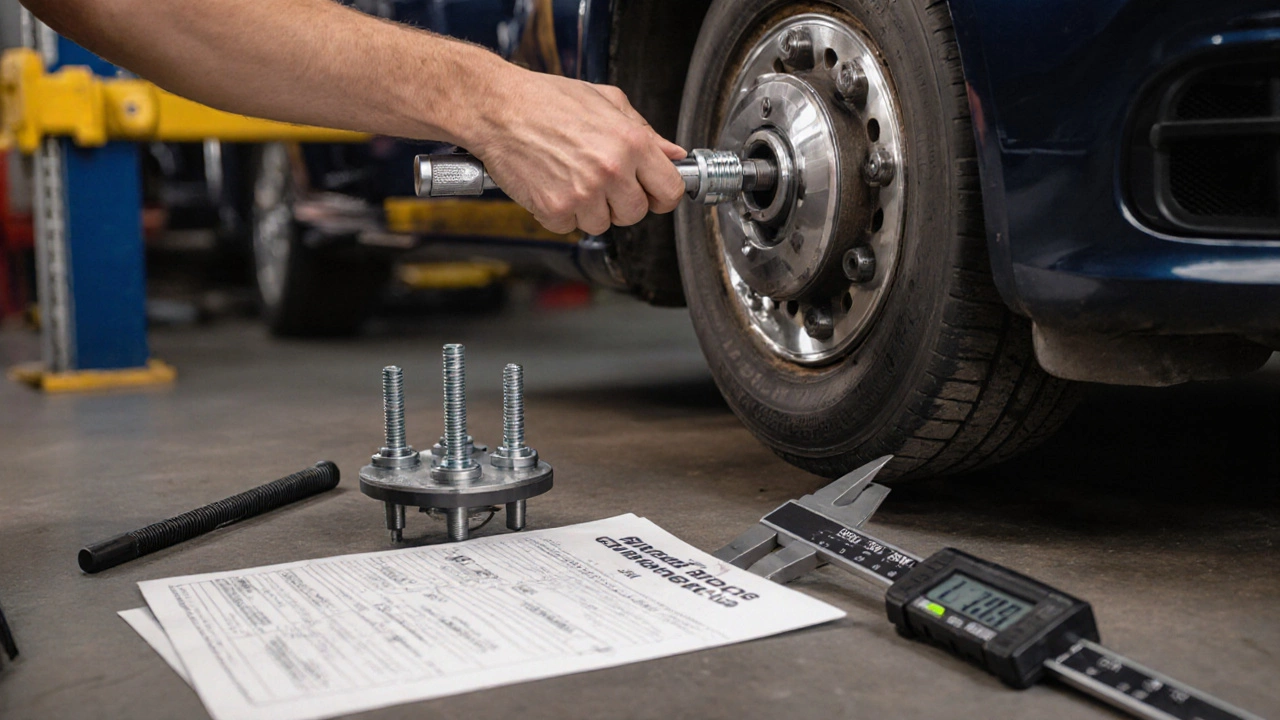
When Are Spacers Actually Safe?
It’s not all doom and gloom. Many people drive thousands of kilometers with spacers without incident. The difference? They followed the rules.
Here’s what works:
- Use hub-centric spacers only. The spacer must fit snugly over the hub. If there’s any gap, it’s not safe.
- Choose thickness wisely. Stick to 5-15mm per side. Anything over 20mm increases risk dramatically and often requires longer studs.
- Use high-quality materials. Aluminum spacers are fine if they’re CNC-machined from 6061-T6 alloy. Avoid cast aluminum or steel spacers-they’re brittle or too heavy.
- Install with new, grade-12.9 bolts. Never reuse stock bolts. You need bolts designed for spacers, torqued to spec with a torque wrench. Hand-tightening is not an option.
- Get a professional alignment after installation. Even 5mm of spacing can change your geometry. Don’t skip this.
- Check everything before long trips. Inspect lug nuts, listen for noise, and feel for vibration after the first 100km. Re-torque the bolts after 500km.
Brands like H&R, Eibach, and ECS Tuning make spacers designed for highway use. They come with torque specs, hardware, and hub-centric rings. Pay the extra $150-$300. It’s cheaper than a tow truck.
What About Factory-Installed Spacers?
Some cars, like the Subaru WRX or Toyota GR86, come with factory spacers from the dealer. These are engineered as part of the suspension system. They’re not the same as aftermarket add-ons. If your car came with them, you’re fine. If you added them yourself, you’re on your own.
Also, check your insurance policy. Most insurers won’t cover damage caused by aftermarket modifications-especially if they’re found to be unsafe. A wheel failure during a long drive could leave you with a $20,000 repair bill and no claim.
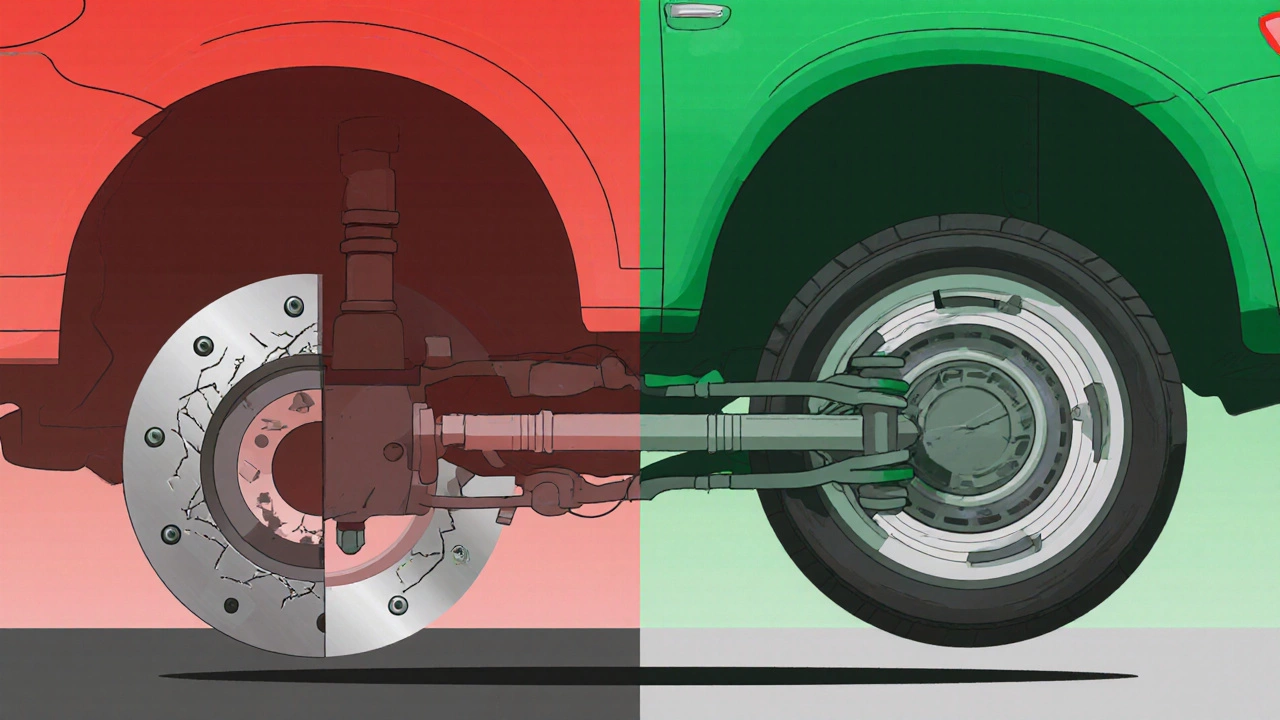
Alternatives to Spacers for Long Trips
If you want a wider stance but don’t want to risk it, here are safer options:
- Wider wheels with the right offset: Choose wheels with a lower offset (more negative) to push the tire out without spacers. This keeps the load on the hub.
- Lowering springs with proper geometry: Some people install spacers to compensate for lowered suspension. Instead, get coilovers designed for your setup.
- Wheel adapters with integrated hub rings: These are thicker, engineered pieces that replace the entire hub-to-wheel connection. They’re heavier and pricier, but far safer than bolt-on spacers.
These solutions cost more upfront, but they’re built into the system-not bolted on top of it.
Final Advice: If You Must Drive Long Distance
If you’ve already installed spacers and need to drive far:
- Don’t exceed 10mm per side.
- Verify they’re hub-centric and made of aircraft-grade aluminum.
- Use new, high-tensile bolts and torque them with a calibrated wrench.
- Get an alignment and check your tire pressure daily.
- Listen for clunks, vibrations, or strange noises. If you hear them, pull over.
- Carry a spare lug nut kit and a torque wrench in your trunk.
- Consider swapping back to stock wheels for the trip.
There’s no magic number that says “1,000km is safe.” Every car, every spacer, every road condition is different. But if you treat spacers like a modification that affects safety-not just style-you’ll make it home.
Are wheel spacers legal for long-distance driving in Australia?
There’s no federal law banning wheel spacers in Australia, but each state has its own rules. In Queensland and New South Wales, modifications must not compromise safety or cause tire rub. If your spacers lead to wheel separation or alignment issues during a roadside inspection, you could be fined or ordered to remove them. Insurance may also be voided if the modification contributed to an accident.
Can I use cheap spacers from eBay or Amazon?
No. Cheap spacers are often made from low-grade aluminum or cast iron, and many aren’t hub-centric. They’re designed to look right on a showroom floor, not survive 100,000 km of highway driving. In 2024, a Consumer Reports test found that 68% of spacers under $50 failed stress tests at 1.5 times the expected load. Don’t risk your life for $30.
Do spacers affect fuel economy?
Yes, slightly. Wider track width increases rolling resistance and aerodynamic drag. Expect a 1-3% drop in fuel efficiency on long trips. That’s not much, but it adds up over hundreds of kilometers. Combine that with uneven tire wear from bad alignment, and your costs rise faster.
How often should I check my wheel spacers?
Check lug nut torque after the first 100km, then every 1,000km on long trips. Visually inspect for cracks, corrosion, or movement. If you hear a rhythmic clunk or feel vibration, stop immediately. A loose spacer can turn into a flying wheel in seconds.
Can I install spacers on my daily driver?
You can, but only if you follow all safety steps: hub-centric design, proper thickness, quality hardware, torque specs, and alignment. If your daily driver is also your long-distance vehicle, consider whether the look is worth the risk. Many people regret it after a near-miss or a costly repair.


